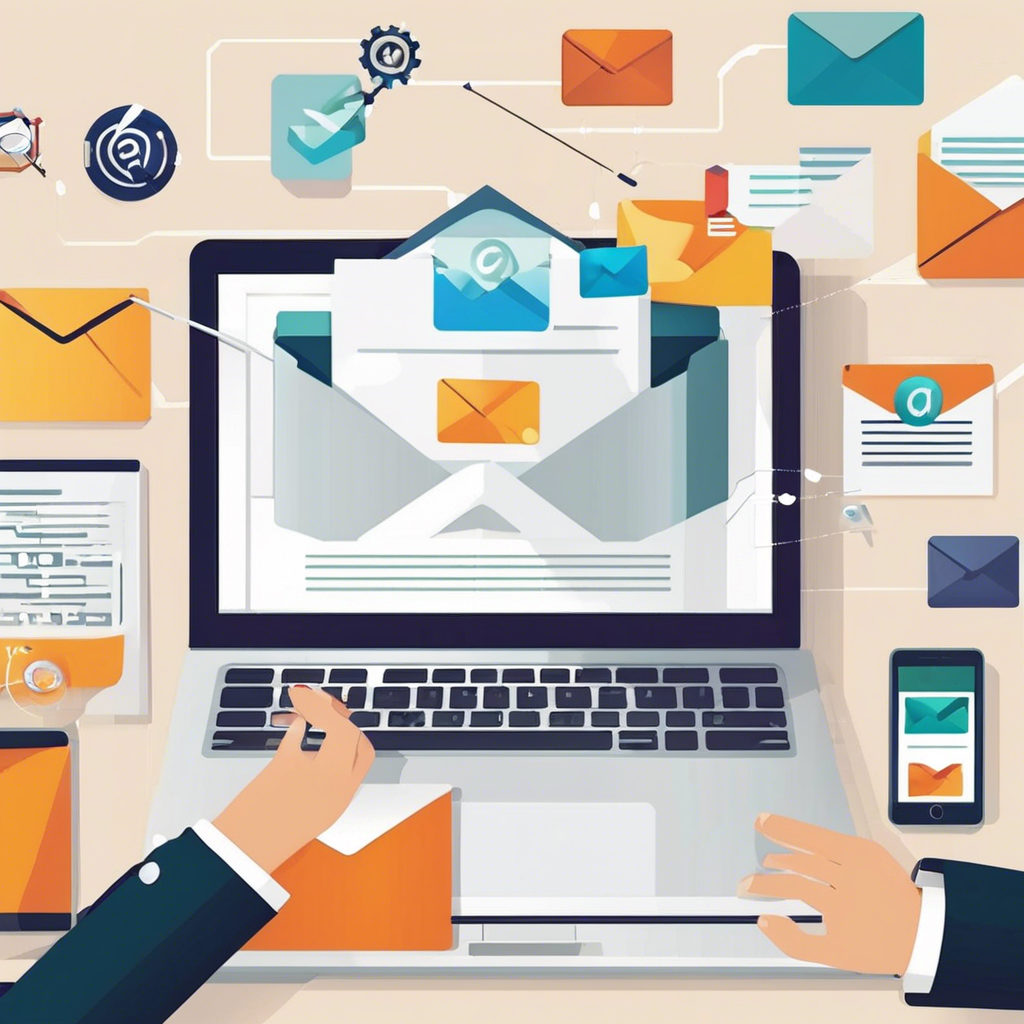Email marketing automation has become a vital tool for businesses looking to streamline their communication efforts and enhance customer engagement. By leveraging various tools and strategies, companies can effectively reach their target audience, drive conversions, and build lasting relationships with customers. In this article, we will explore the world of email marketing automation, highlighting key tools and strategies that can help businesses succeed in their digital marketing efforts.
One of the fundamental aspects of email marketing automation is the use of specialized software platforms that enable businesses to automate their email campaigns. These tools allow companies to schedule emails, segment their audience, and track the performance of their campaigns in real-time. Popular email marketing automation platforms like Mailchimp, HubSpot, and ActiveCampaign offer a wide range of features to help businesses create personalized and targeted email campaigns.
Segmentation is a crucial strategy in email marketing automation that involves dividing your audience into specific groups based on various criteria such as demographics, past interactions, and purchase history. By segmenting your audience, you can send relevant and personalized content to different groups, increasing the chances of engagement and conversion. Utilizing dynamic content within emails further enhances personalization by delivering customized messages based on the recipient’s behavior and preferences.
Automation workflows play a significant role in streamlining the email marketing process by creating predefined sequences of emails triggered by specific actions or events. These workflows allow businesses to nurture leads, onboard new subscribers, and re-engage inactive customers automatically. By setting up automated sequences, companies can deliver timely and relevant content to their audience, leading to higher open rates and conversions.
Personalization is key in email marketing automation, as it helps businesses create meaningful connections with their audience. By addressing recipients by name, tailoring content to their interests, and recommending relevant products or services, companies can increase engagement and build trust with their subscribers. Personalized emails are more likely to resonate with recipients and drive them to take the desired action.
A/B testing is a valuable strategy in email marketing automation that involves testing different elements of an email campaign to determine which version performs better. By experimenting with subject lines, call-to-action buttons, images, and content, businesses can optimize their campaigns for higher open and click-through rates. A/B testing provides valuable insights into what resonates with your audience and allows you to refine your email marketing strategies for better results.
Analytics and reporting are essential components of email marketing automation that enable businesses to track the performance of their campaigns and make data-driven decisions. By monitoring key metrics such as open rates, click-through rates, conversion rates, and ROI, companies can evaluate the effectiveness of their email marketing efforts and identify areas for improvement. Analyzing campaign data helps businesses understand customer behavior, preferences, and engagement levels, leading to more targeted and successful email campaigns.
Integrating email marketing automation with other digital marketing channels such as social media, content marketing, and CRM systems can enhance the overall effectiveness of your campaigns. By aligning your email marketing efforts with other channels, businesses can create a cohesive and omnichannel experience for their audience, ensuring consistent messaging and maximizing engagement. Integrated marketing strategies help businesses reach customers at various touchpoints and drive them towards conversion.
Compliance with data protection regulations such as GDPR and CAN-SPAM is crucial when implementing email marketing automation. Businesses must ensure that they have the necessary consent from recipients to send them marketing emails and provide an easy way for subscribers to opt-out of receiving further communications. By following best practices for data privacy and email compliance, companies can build trust with their audience and avoid potential legal issues.
Continuous optimization and experimentation are key to success in email marketing automation. Businesses should regularly review and refine their email campaigns based on performance data and audience feedback. By testing new strategies, analyzing results, and adapting to changing trends, companies can stay ahead in the competitive landscape of digital marketing. Embracing a culture of innovation and learning is essential for maximizing the impact of email marketing automation and achieving long-term success.

